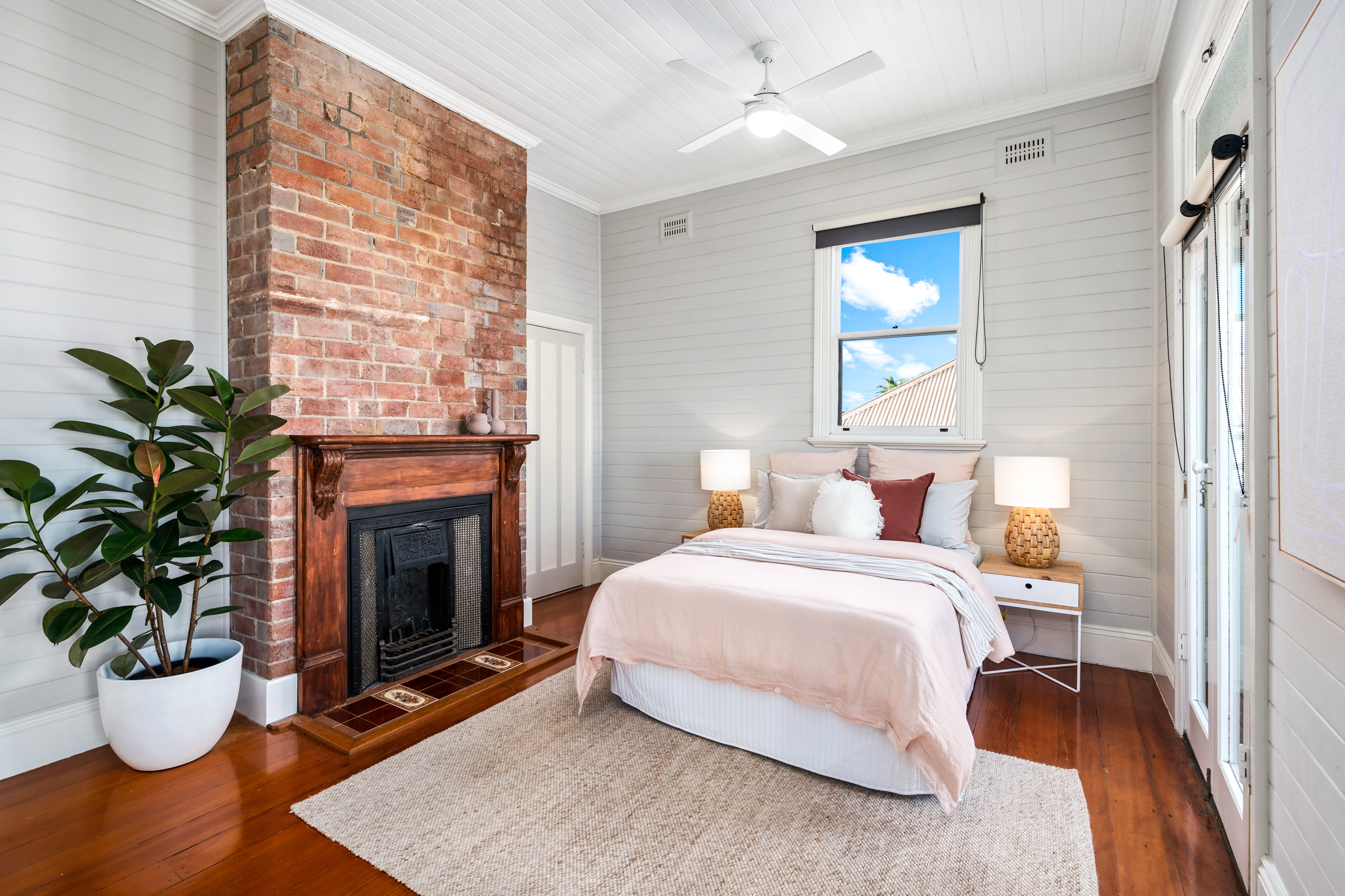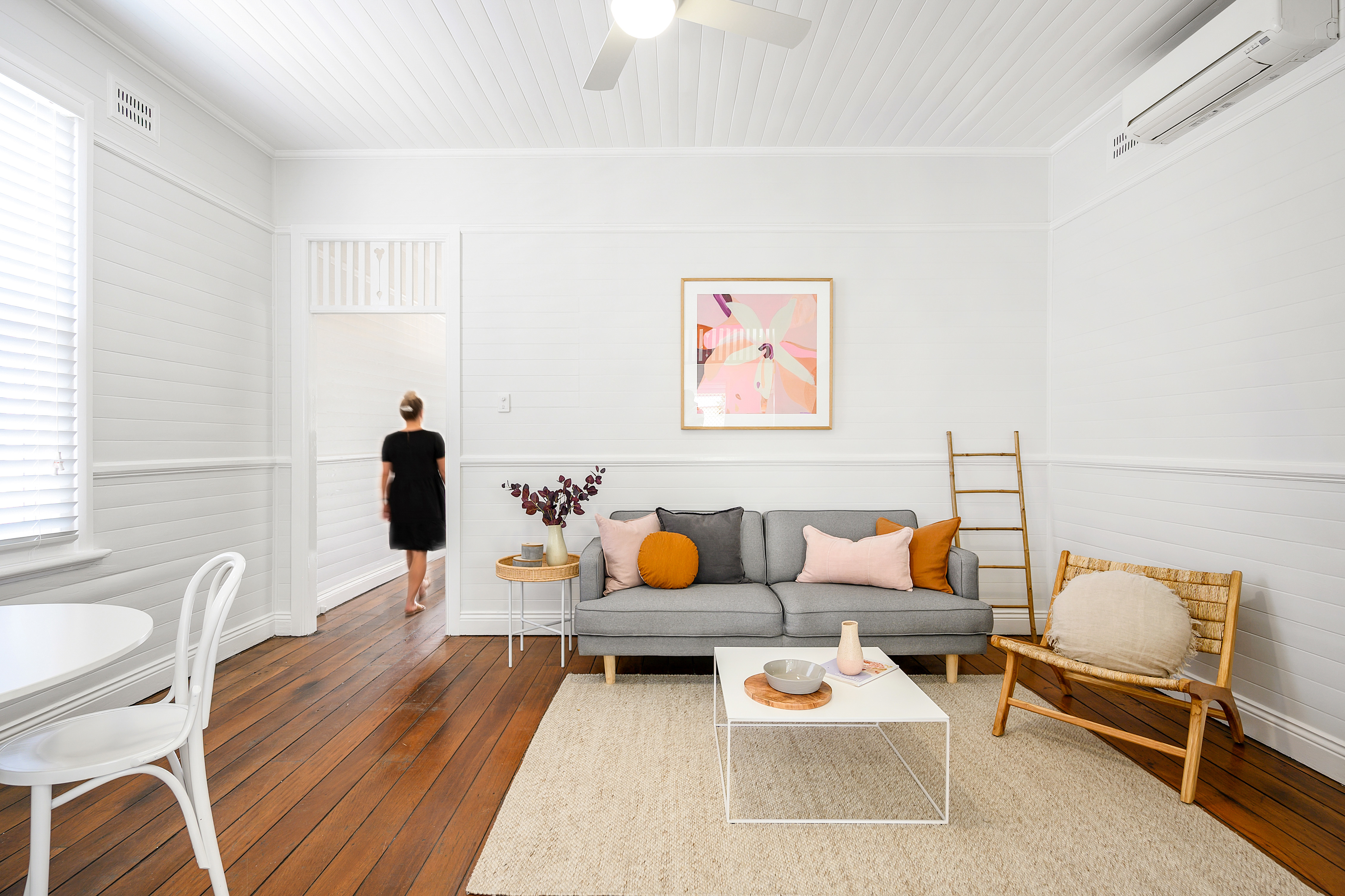Property prices around the country continue to increase. Our combined capital city dwelling prices surged 2.3 per cent in May alone, making this the second fastest growth rate since the 1980s. Regional areas (including Newcastle) weren’t far behind with 2 per cent growth in May. Here in Newcastle, dwelling prices were up 3.3% in May, well above the national average.
On the ground, buyers are frustrated, and many are starting to panic. At open homes and auctions, it is all about Sydney (and interstate) buyers. They are everywhere! Generally, they have more money and are prepared to move quicker than locals. More often than not, they are providing better conditions, including waiving cooling-off periods and finance clauses. They are the catalyst for price increases.
The good news for buyers is that an unusually high number of listings hit the market in the last month or two. Winter is usually the slowest time of the year for real estate agents, but that is not proving to be the case in 2021.


We are fielding lots of calls from Investors looking to sell. This additional supply will provide some relief, however not enough to make a serious dent in prices.
There seems to be a consensus among ‘experts’ that the market will continue to grow in the months ahead. But they believe at some point property will become unaffordable and growth will stall, or the government will step in to slow things down. This logic is sound, but given all the terrible predictions last year about 20-30% price falls, so-called ‘experts’ don’t have much credibility these days.
The other thing to note is the role the media plays. We have spotted a few reports recently about the peak of the market. It’s mostly all talk, but at some point in time it will be scary news again about the market crashing, even though this may not be the case. This has the impact of starting to dent confidence. If you are a buyer, these are no doubt good things to hear. But any great relief is some way off.


Since our last update, the Federal Government has released its annual budget. There were a number of small things that directly relate to the housing market. These include:
• Encouraging older homeowners to sell their property and contribute proceeds to their superannuation (conditions and limits apply). This scheme is designed to free up larger houses for expanding families by encouraging older Australians to downsize. First announced in the 2017-18 budget for those over 65, the new changes reduce this to 60. It’s worth noting that in the almost three years since the scheme was implemented, only around 22,000 individuals have accessed it.
• Tweaking the First Home Super Saver Scheme (FHSSS) allowing first home buyers to save a deposit faster through their superannuation. This is not a new incentive either, but from July 2022, the maximum amount of voluntary contributions that can be released from the FHSSS will increase from $30,000 to $50,000.
• Helping single parents into homeownership with a 2% deposit. This appears to be a great incentive but limited to just 10,000 places (and of course, other conditions apply).
We can’t see any of these initiatives making any material impact on the market. However, other budget measures which support employment growth certainly helps build confidence and a resilient property market.

